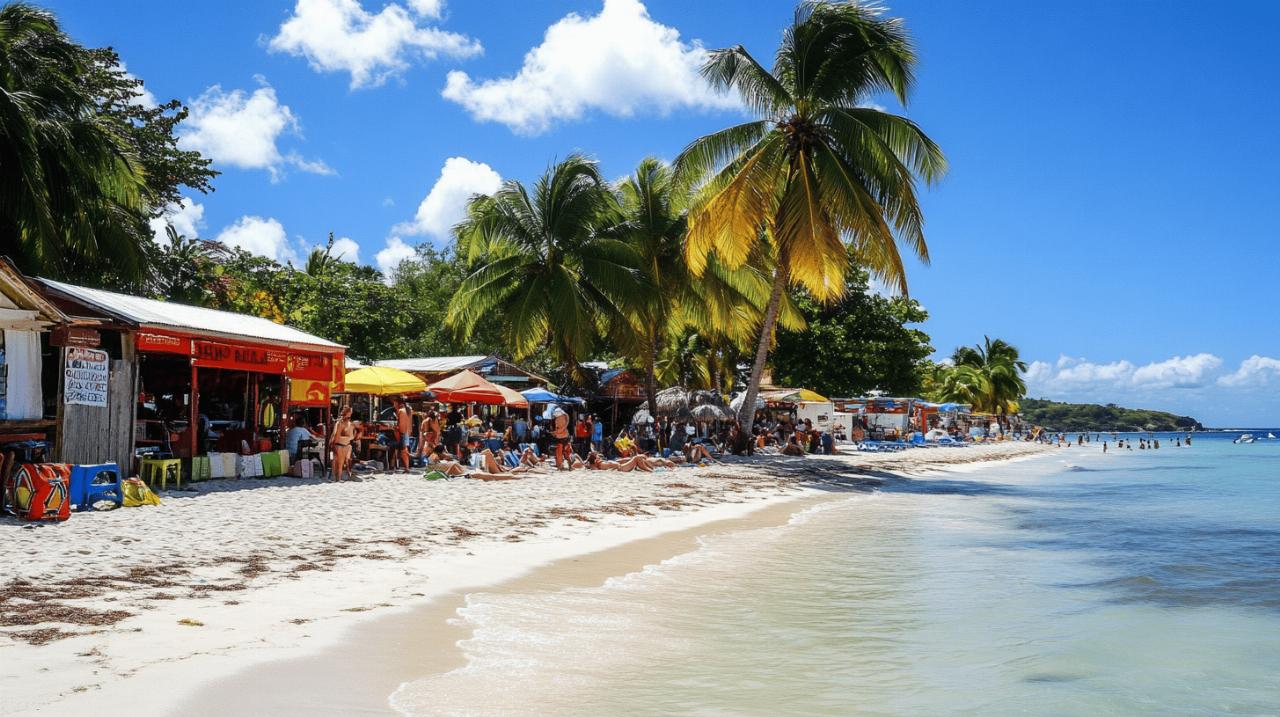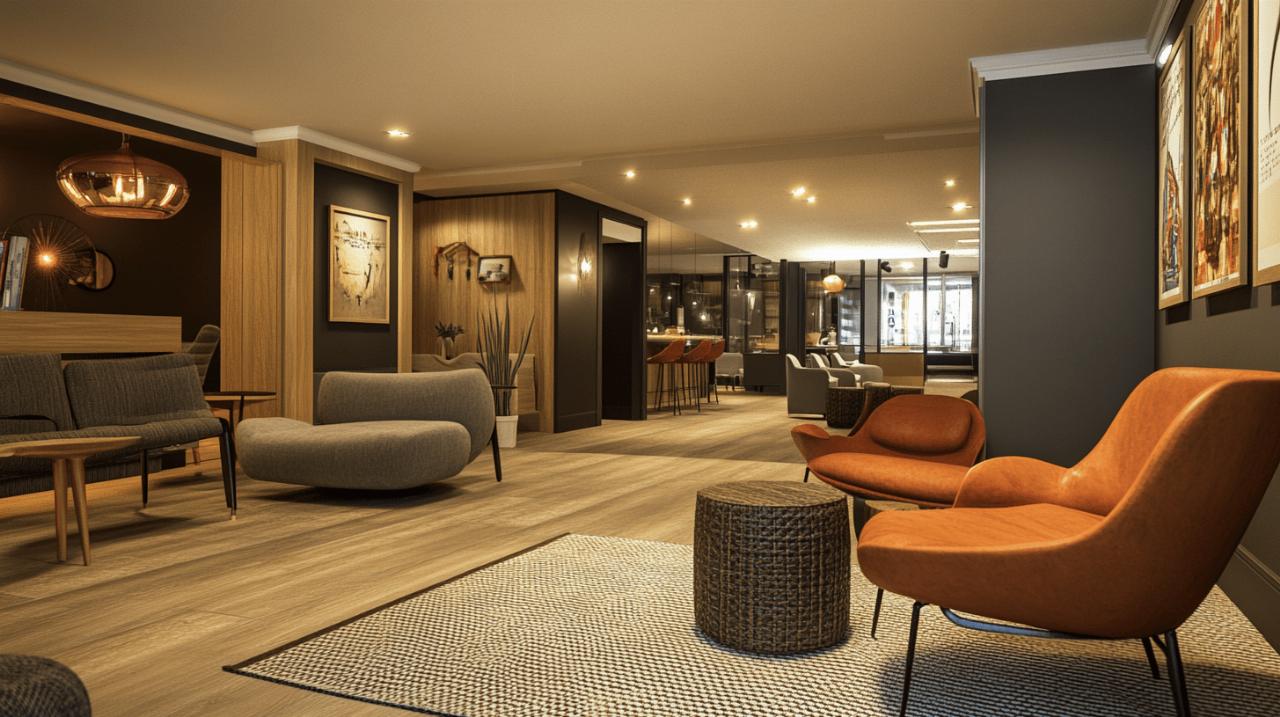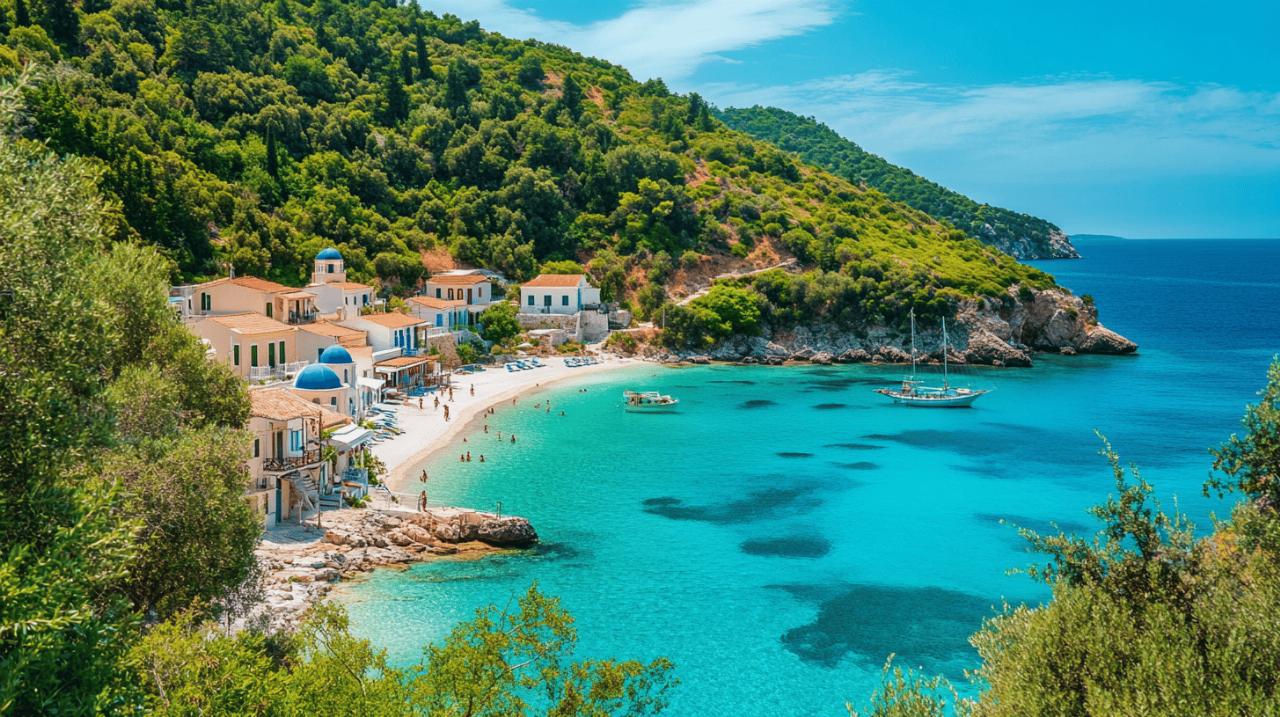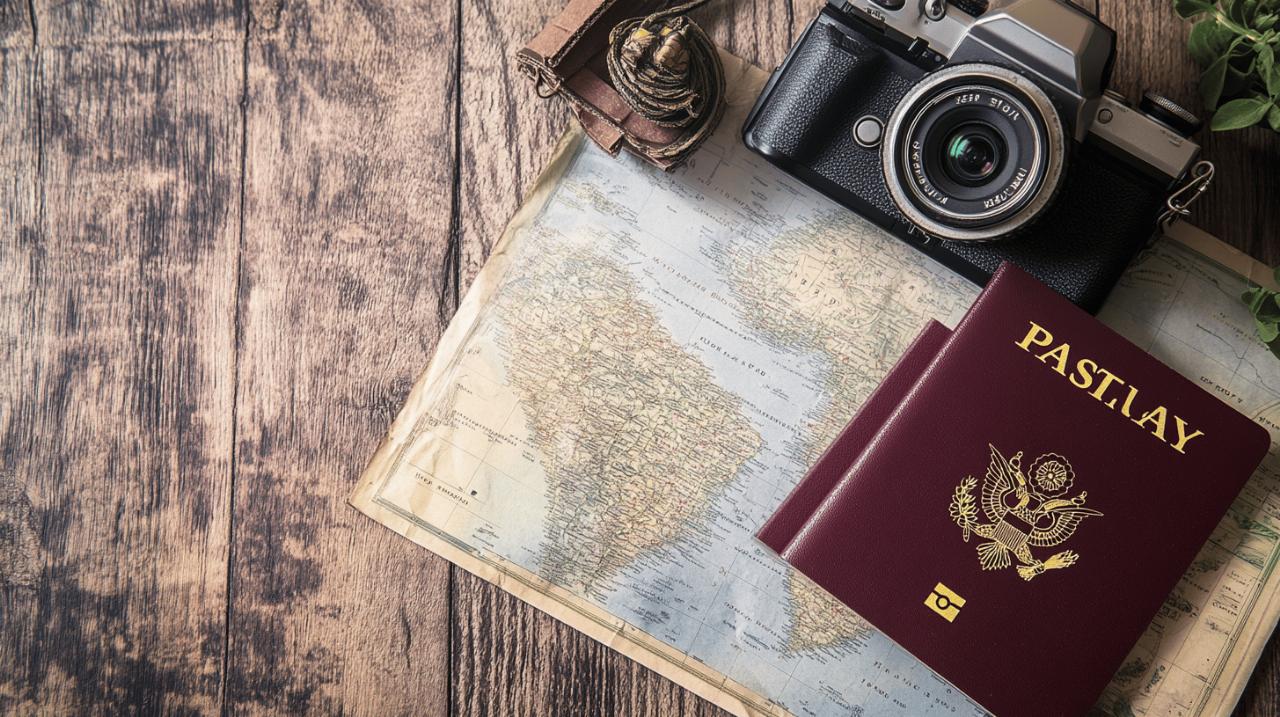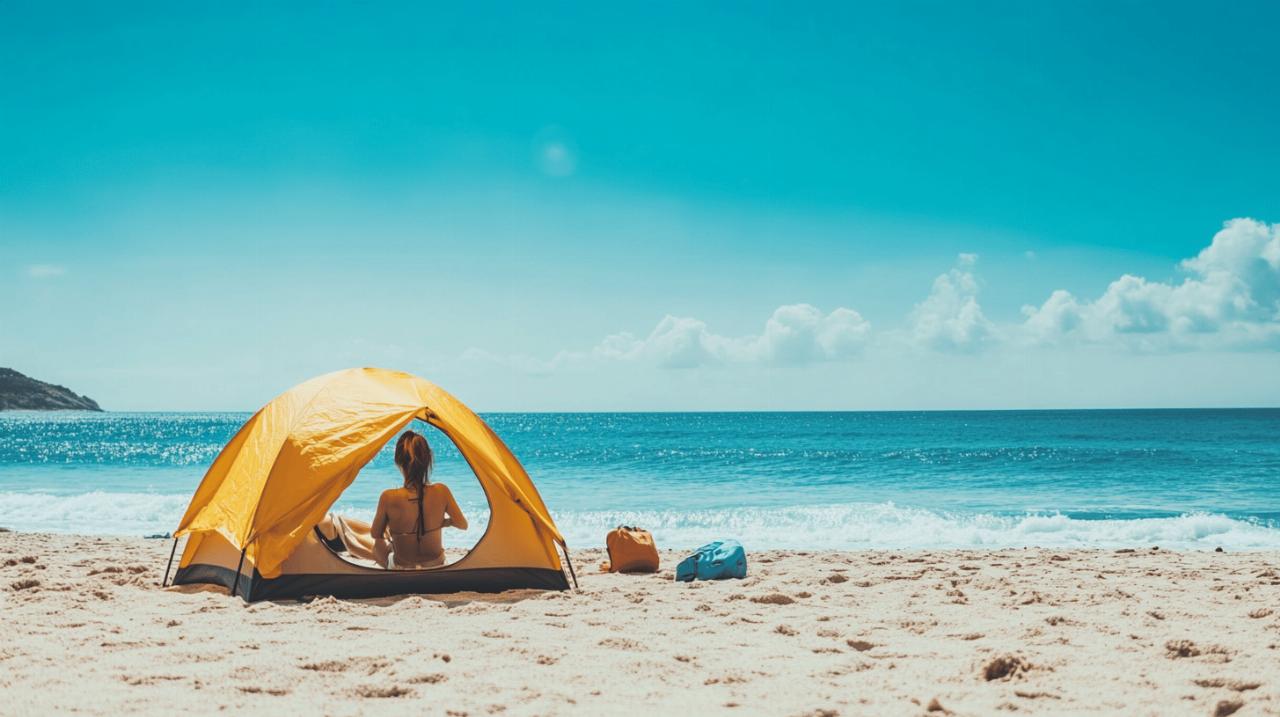Planning a Caribbean escape for January 2024 brings the promise of sun-drenched days and crystal-clear waters, and Guadeloupe stands out as a remarkable destination for those seeking both adventure and value. This French overseas department, nestled between Barbuda and Dominica, offers a unique blend of European charm and Caribbean vitality. With its twin main islands of Grande Terre and Basse Terre, along with smaller gems like Les Saintes, Marie Galante, and La Désirade, Guadeloupe presents a diverse landscape ranging from pristine beaches to lush rainforests and volcanic peaks. Whether you are drawn to the turquoise waters lapping against golden sands or the challenge of hiking through tropical wilderness, this archipelago caters to every kind of traveller. What makes January particularly appealing is the combination of favourable weather conditions and the opportunity to explore without the peak tourist crowds, all while managing expenses wisely.
What to Expect from Guadeloupe's Weather in January
January temperature and climate conditions
January in Guadeloupe falls squarely within the dry season, which runs from December to April. During this period, the climate is at its most inviting, with average high temperatures hovering around 29 to 31 degrees Celsius, translating to roughly 84 to 87 degrees Fahrenheit. The warm yet comfortable conditions make it an ideal time for outdoor pursuits, from lounging on the beach to trekking up mountainous trails. The sunshine is abundant, and the balmy breezes keep the heat from becoming oppressive. Visitors can expect clear skies for much of the month, creating perfect opportunities for photography, sightseeing, and water-based activities. The tropical climate remains pleasant throughout the day, and even the evenings maintain a gentle warmth that encourages leisurely strolls along the coast or dining al fresco at local eateries. The early sunset, which occurs around half past five in the winter months, means planning your daytime activities becomes essential to make the most of the daylight hours.
Rainfall patterns during the dry season
One of the most significant advantages of visiting Guadeloupe in January is the reduced rainfall compared to the wet season, which stretches from July to November. While the islands receive occasional showers even during the dry months, these are typically brief and seldom disrupt plans for extended periods. The dry season ensures that hiking trails remain accessible, beach days are uninterrupted, and outdoor attractions such as the Parc des Mamelles or the Chutes du Carbet waterfalls can be enjoyed without the inconvenience of heavy downpours. The risk of hurricanes, which can affect the region during the rainy season, is virtually non-existent in January, providing peace of mind for travellers. This predictability in weather patterns allows visitors to organise their itineraries with confidence, knowing that conditions will generally favour exploration and relaxation. The combination of warmth, sunshine, and minimal rain makes January one of the most reliable months for a Guadeloupe holiday, particularly for those who prefer dry conditions over the unpredictability of the off-season.
Top budget-friendly activities and attractions
Beaches, hiking trails, and natural wonders
Guadeloupe is renowned for its stunning natural beauty, much of which can be experienced at little to no cost. Grande Terre, the flatter of the two main islands, is home to some of the finest beaches in the Caribbean. The golden sands and turquoise waters at Grande Anse in Deshaies provide a picture-perfect setting for sunbathing, swimming, or simply unwinding with a good book. Sainte-Anne, another popular spot, offers a lively yet relaxed atmosphere with clear shallow waters ideal for families. For those seeking a more rugged coastal experience, Pointe des Châteaux presents dramatic cliffs and panoramic views where the Atlantic Ocean meets the Caribbean Sea. On Basse Terre, the mountainous and forested counterpart, the opportunities for hiking are extensive. The Parc National de la Guadeloupe encompasses lush rainforest trails, including the route to the Chutes du Carbet waterfalls, where an entry fee of six Euros grants access to cascading waters set against a backdrop of verdant foliage. Climbing La Soufrière volcano, which rises to 1467 metres, is a challenging yet rewarding trek that takes approximately two hours each way, offering breathtaking vistas from the summit. Anse de la Perle beach near Deshaies is another gem, perfect for a quieter day by the sea. These natural wonders provide endless opportunities for exploration and relaxation, all while keeping expenditure to a minimum.
Water sports and island-hopping adventures
The waters surrounding Guadeloupe are a playground for aquatic enthusiasts, with activities ranging from snorkelling and diving to windsurfing and paddleboarding. Pigeon Island, located off the coast of Basse Terre, is a celebrated diving site where vibrant coral reefs and diverse marine life await beneath the surface. Many visitors bring their own snorkelling gear to save on rental costs, allowing them to explore the underwater world independently. For those keen on island-hopping, ferries connect Guadeloupe to the smaller islands of Les Saintes, Marie Galante, and La Désirade, with return tickets typically priced between 29 and 41 Euros. Each island offers its own distinct character. Les Saintes is known for its sheltered bays and historical significance, Marie Galante captivates with its traditional windmills and expansive sugar cane fields, while La Désirade appeals to those seeking untouched landscapes and tranquillity. Day trips to Petite Terre, a protected nature reserve, can be arranged, though camping there is not permitted. These excursions provide a chance to experience the diversity of the archipelago without committing to multiple accommodation bookings. Whether you are gliding across the waves or discovering secluded coves, the islands offer a wealth of water-based adventures that can be tailored to suit a modest budget.
Smart money-saving tips for your guadeloupe holiday
Affordable accommodation and self-catering options
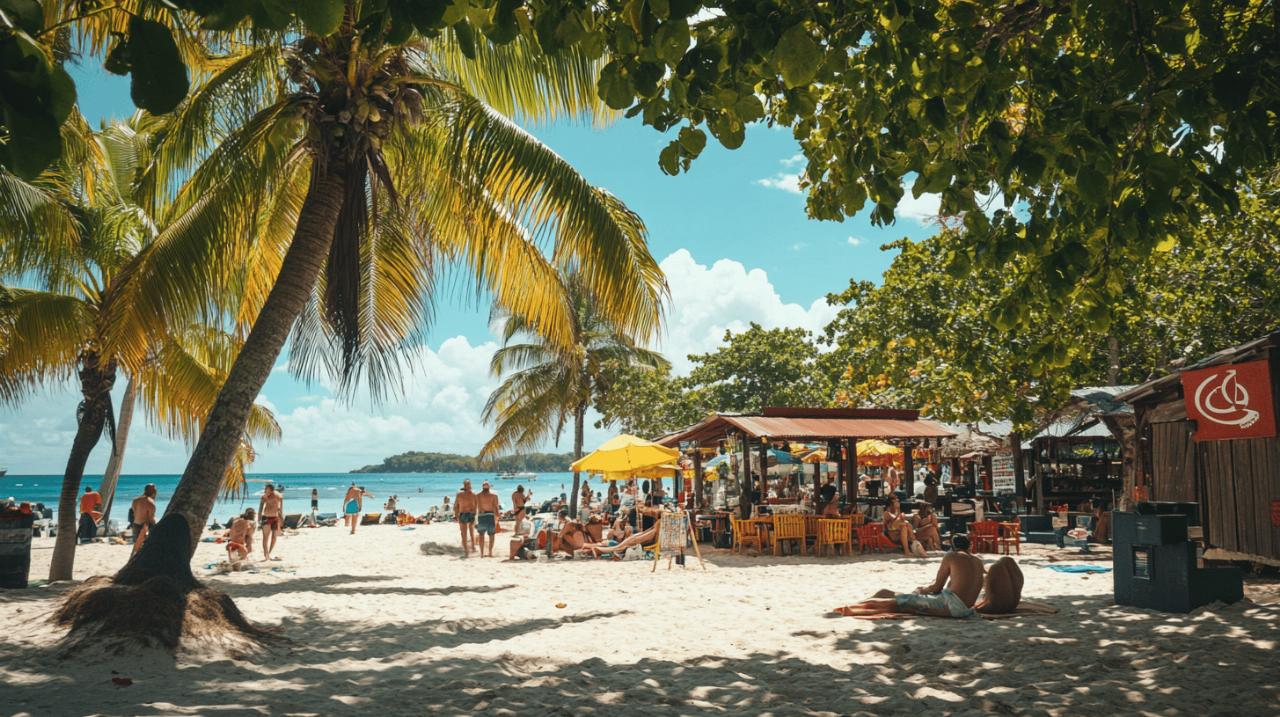 Accommodation in Guadeloupe ranges from luxurious resorts to more economical choices, and selecting the right option can significantly impact your overall budget. Self-catering apartments and guesthouses are widely available and provide excellent value, particularly for families or groups. Platforms such as Airbnb list numerous properties across both Grande Terre and Basse Terre, allowing visitors to prepare their own meals and save on dining out. Staying in a rental property also offers the flexibility to explore local markets, where fresh fruit, vegetables, spices, and seafood can be purchased at reasonable prices. This not only reduces costs but also provides an authentic taste of the island's culinary traditions. Wild camping is tolerated in certain areas, though this option requires careful planning and respect for the environment. For those who prefer a more structured experience, smaller hotels and lodges often offer competitive rates outside the peak tourist season, though January falls within the busier period from December to April. Splitting your stay between Basse Terre and Grande Terre can also reduce travel time and fuel expenses, as navigating the single-lane roads and traffic around Pointe-à-Pitre can be time-consuming. By prioritising accommodation that allows for self-sufficiency, travellers can enjoy a comfortable stay without overspending.
Accommodation in Guadeloupe ranges from luxurious resorts to more economical choices, and selecting the right option can significantly impact your overall budget. Self-catering apartments and guesthouses are widely available and provide excellent value, particularly for families or groups. Platforms such as Airbnb list numerous properties across both Grande Terre and Basse Terre, allowing visitors to prepare their own meals and save on dining out. Staying in a rental property also offers the flexibility to explore local markets, where fresh fruit, vegetables, spices, and seafood can be purchased at reasonable prices. This not only reduces costs but also provides an authentic taste of the island's culinary traditions. Wild camping is tolerated in certain areas, though this option requires careful planning and respect for the environment. For those who prefer a more structured experience, smaller hotels and lodges often offer competitive rates outside the peak tourist season, though January falls within the busier period from December to April. Splitting your stay between Basse Terre and Grande Terre can also reduce travel time and fuel expenses, as navigating the single-lane roads and traffic around Pointe-à-Pitre can be time-consuming. By prioritising accommodation that allows for self-sufficiency, travellers can enjoy a comfortable stay without overspending.
Cutting Costs on Food, Transport, and Daily Expenses
Managing daily expenses requires a combination of strategic planning and local insight. Eating out in Guadeloupe can be costly, particularly in tourist-heavy areas, so preparing meals using ingredients from local markets is a practical alternative. The island's cuisine blends French culinary techniques with Caribbean flavours, and cooking your own dishes allows you to experiment with these influences. Public transport, including the Karu'lis and Région Guadeloupe bus services, is available but can be unreliable, making it less suitable for those on a tight schedule. Hiring a car, while involving an upfront cost, offers far greater freedom to explore the islands at your own pace and can be more economical when shared among several travellers. Shopping around for rental deals and booking in advance often yields better rates. Many of the islands' most captivating attractions, such as hiking trails, beaches, and scenic viewpoints, are either free or charge minimal entry fees. The Route de la Traversée, a scenic drive through the heart of Basse Terre's rainforest, costs nothing and provides access to numerous walking paths and lookout points. Similarly, visiting Damoiseau distillery for rum tasting offers an affordable glimpse into Guadeloupe's cultural heritage. By prioritising low-cost or complimentary activities and making thoughtful choices about where to spend money, visitors can enjoy a fulfilling holiday without financial strain.
Planning your january 2024 guadeloupe getaway
Making the Most of Free and Low-Cost Experiences
Guadeloupe's appeal lies not only in its natural beauty but also in the variety of experiences that require little financial investment. Exploring Pointe-à-Pitre, the bustling capital, provides insight into the island's history and culture, with its markets, colonial architecture, and vibrant street life. Walking through the forest canopy at Parc des Mamelles, though it does involve an entry fee of 17.50 Euros for adults and 12 Euros for children aged three to twelve, offers an unforgettable experience of the island's biodiversity. The Chutes du Carbet waterfalls, accessible for a modest fee, reward hikers with the sight and sound of water plunging through tropical greenery. For those inclined towards more leisurely pursuits, simply relaxing on one of the many beaches, such as those in Sainte-Anne or Deshaies, provides a perfect way to spend a day. The islands' landscapes are best appreciated slowly, whether by car, on foot, or by boat. Taking the time to wander through small villages, sample local produce, and engage with residents adds depth to the travel experience. Sunset, though early in the winter months, marks an excellent time to gather by the shore or at a scenic overlook, watching the sky transform into shades of orange and pink. These moments, often the most memorable, come without a price tag.
Essential Tips for a Memorable Caribbean Escape
A successful trip to Guadeloupe hinges on preparation and an openness to the island's rhythms. Flights from Paris to Pointe-à-Pitre airport start from around 545 Euros return, making it accessible for European travellers. Arriving with at least a basic grasp of the French language proves invaluable, as English is not widely spoken outside tourist areas. The use of Euros as the currency simplifies transactions for those familiar with the Eurozone. Packing essentials such as sunscreen, insect repellent, and comfortable footwear ensures readiness for both beach days and mountain hikes. Given that sunset occurs early, planning activities for the morning and early afternoon maximises daylight hours. Traffic around Pointe-à-Pitre can be heavy, so allowing extra time for journeys helps avoid frustration. Booking ferries to the smaller islands in advance, particularly during the peak season, guarantees availability and often secures better prices. Understanding that the islands operate at a more relaxed pace encourages travellers to slow down and savour each moment rather than rushing from one attraction to the next. Whether you are drawn to the challenge of climbing La Soufrière, the serenity of a quiet beach, or the flavours of French Caribbean cuisine, Guadeloupe in January offers a balance of adventure, relaxation, and affordability that few destinations can match.

